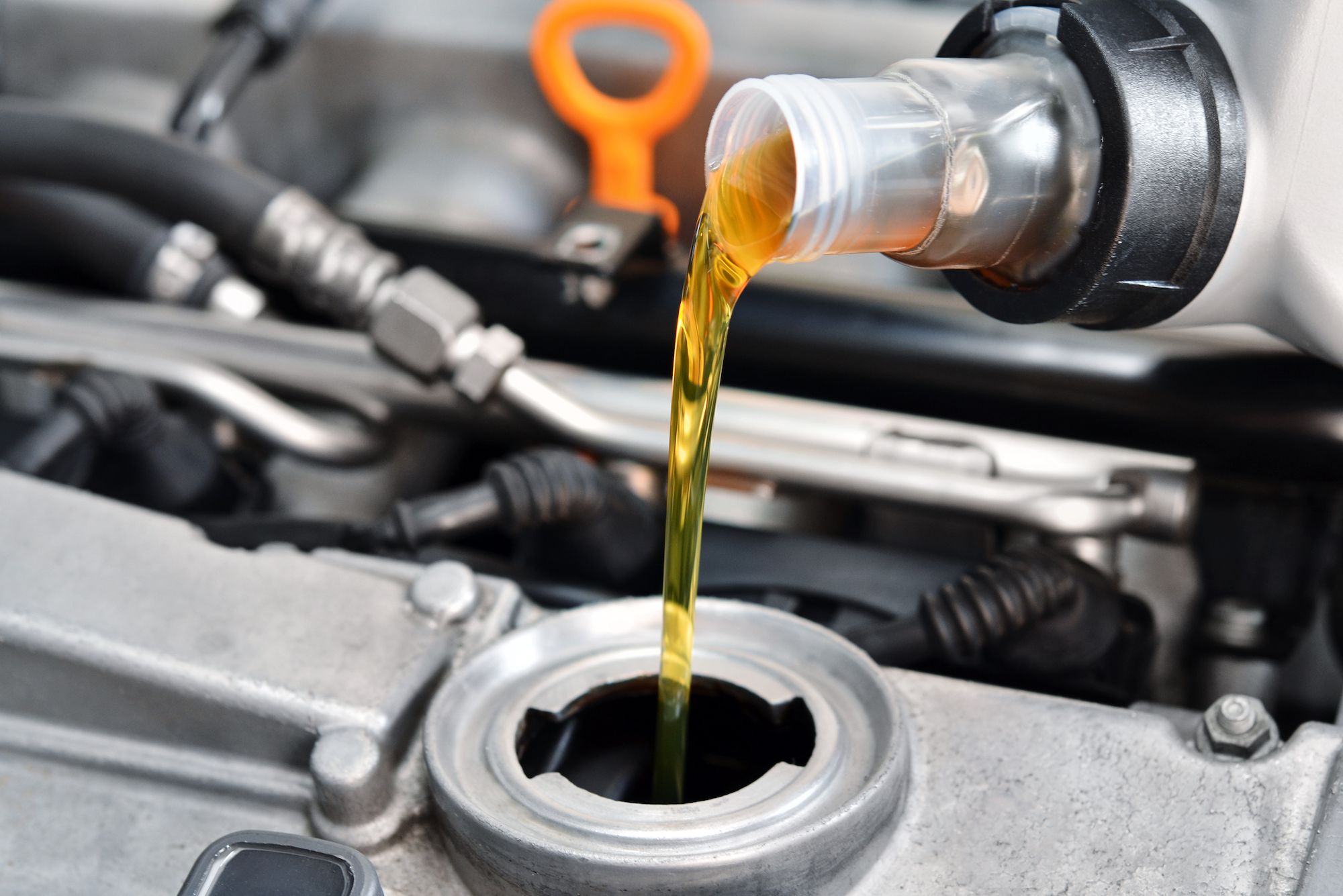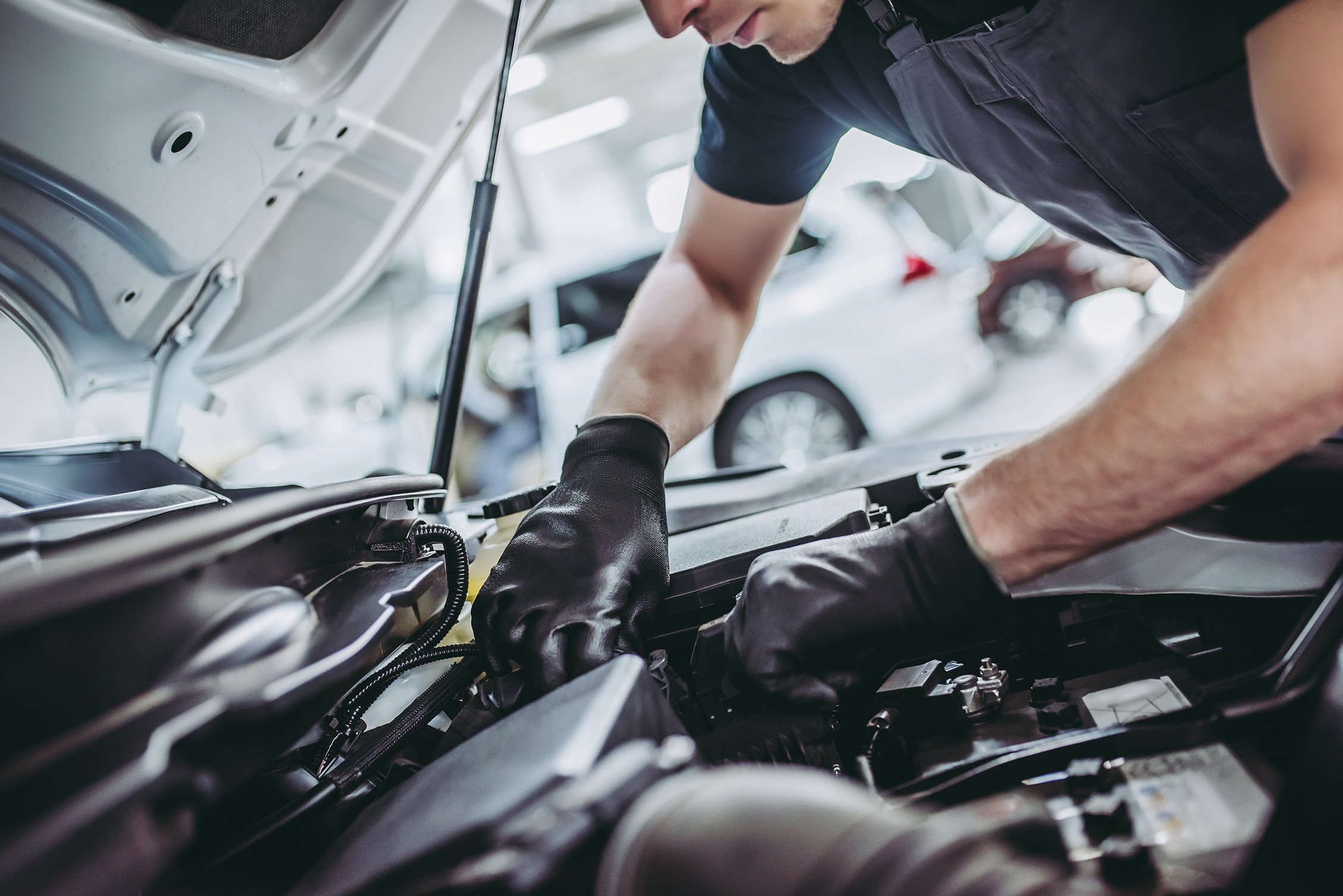All Categories
Featured

When it concerns lorry repair services or upgrades, among one of the most essential choices you'll face is whether to select Original Equipment Producer (OEM) parts or aftermarket components. Both alternatives use unique advantages and downsides, so comprehending the distinctions in between them is necessary for making an informed decision. In this short article, we'll check out the advantages and limitations of OEM and aftermarket components to assist you decide which is best suited for your car.
What Are OEM Parts? OEM components are generated by the exact same manufacturer that made the initial elements in your lorry. These parts are developed to satisfy the specific specs of your vehicle, ensuring they are an exact fit and use the same efficiency as the components that included the lorry when it was first constructed. OEM components are often taken into consideration the "manufacturing facility criterion" because they come straight from the automobile's supplier or an accredited provider.

Among the primary benefits of making use of OEM components is their guaranteed quality. Since these parts are made to the very same standards as the originals, they generally offer an excellent fit and reliable performance. Additionally, lots of OEM parts feature a service warranty, offering you tranquility of mind that you'll be protected in situation of flaws.
What Are Aftermarket Components? Aftermarket components are made by third-party manufacturers that are not associated with your car's initial supplier. These components are developed to fit a variety of lorries and are generally less costly than OEM components. Aftermarket parts can be used for routine repair services or upgrades, and they typically offer a broader series of alternatives contrasted to OEM parts.

Furthermore, aftermarket components may give much better performance or added functions not readily available in OEM options. Aftermarket exhaust systems, brake pads, and suspension parts typically provide improvements in efficiency or aesthetics that might not be found in OEM components.
Benefits of OEM Components. Precision and Compatibility: OEM parts are made especially for your lorry's make and design, guaranteeing they fit flawlessly and carry out to the exact specs called for. Warranty Protection: Several OEM components include warranties, using insurance coverage in instance of problems or early failing. Quality control: Because OEM components are made by the original maker, they go through the same extensive quality control criteria as the components installed in your vehicle when it was initial developed. Resale Worth: If you intend to sell your automobile, having OEM parts can assist keep its resale value, as prospective buyers may be extra curious about a lorry that has actually been repaired with initial components. Benefits of Aftermarket Parts. Expense Savings: Aftermarket parts are normally much less expensive than OEM parts, which can be a considerable advantage if you're on a budget or want to conserve cash on fixings. Variety and Personalization: Aftermarket parts offer a larger variety of alternatives, consisting of efficiency upgrades and aesthetic improvements. As an example, if you intend to increase horse power or enhance your vehicle's look, aftermarket alternatives can supply unique services. Availability: Aftermarket parts are often simpler to discover than OEM parts, specifically for older vehicles that may no longer have easily offered OEM parts. Performance Improvements: Some aftermarket parts are created with performance in mind, such as high-performance brakes, air filters, or exhaust systems. These components can enhance your car's total efficiency and driving experience. Disadvantages of OEM Parts. Higher Rate: One of the most substantial drawback to OEM parts is their price. They are usually more expensive than aftermarket choices, which can build up swiftly if your automobile requires numerous fixings. Limited Customization: OEM parts are designed to recover your vehicle to its initial specifications, indicating they might not use the exact same series of personalization alternatives as aftermarket components. Availability Concerns: Depending upon the age of your car, certain OEM components might be harder to find or stopped, making fixings harder. Disadvantages of Aftermarket Components. Inconsistent High quality: While numerous aftermarket components are of premium quality, others may be badly made or lack the longevity of OEM parts. It is necessary to look into the supplier and review testimonials to guarantee the high quality of the component you're taking into consideration. Fitment Troubles: Aftermarket parts are designed to fit a wide variety of lorries, however they might not constantly supply the perfect fit that OEM parts guarantee. This can result in installation problems or suboptimal performance. No Guaranteed Warranty: While some aftermarket components come with guarantees, they might not be durable or as extensive as those offered by OEM parts. In some instances, making use of aftermarket components could additionally impact your automobile's service warranty coverage if it's still active. Just how to Choose Between OEM and Aftermarket Parts. The decision in between OEM and aftermarket parts eventually depends on your specific demands, preferences, and spending plan. Below are a few factors to consider to help assist your selection:
Budget: If saving money is a top priority, aftermarket parts are typically the a lot more cost effective choice. However, know that less costly components might not last as long as OEM elements, which can lead to greater prices in the future. Vehicle Age and Condition: For more recent automobiles, specifically those under guarantee, it's often an excellent concept to choose OEM components to maintain the automobile's honesty and protect its resale worth. For older automobiles, aftermarket parts may be more useful, specifically if the lorry is no longer under warranty or if you're trying to expand its lifespan with economical remedies. Fixing Kind: Specific important repairs, especially those pertaining to safety and security (brakes, air bags, and so on), are best taken care of with OEM components to make sure the highest degree of security and performance. For non-essential repairs or adjustments, aftermarket components can offer an outstanding equilibrium of quality and affordability. Efficiency and Customization: If you're trying to find efficiency upgrades or one-of-a-kind customization choices, aftermarket parts might be the best option. Many aftermarket makers layout components particularly for improving your car's capabilities, whether it's for better performance or appearances. Verdict. Both OEM and aftermarket components have their pros and disadvantages, and the best choice depends on your certain needs and concerns. OEM components are ideal for maintaining the initial high quality and efficiency of your automobile, while aftermarket parts offer expense financial savings, customization choices, and a more comprehensive range of choices.
Latest Posts
Environment-friendly Bathroom Upgrades Facilitated
Published Apr 22, 25
1 min read
Building a Solid Financial Future with WyHy
Published Apr 22, 25
1 min read
Maximizing Your WyHy Bank Account
Published Apr 22, 25
1 min read